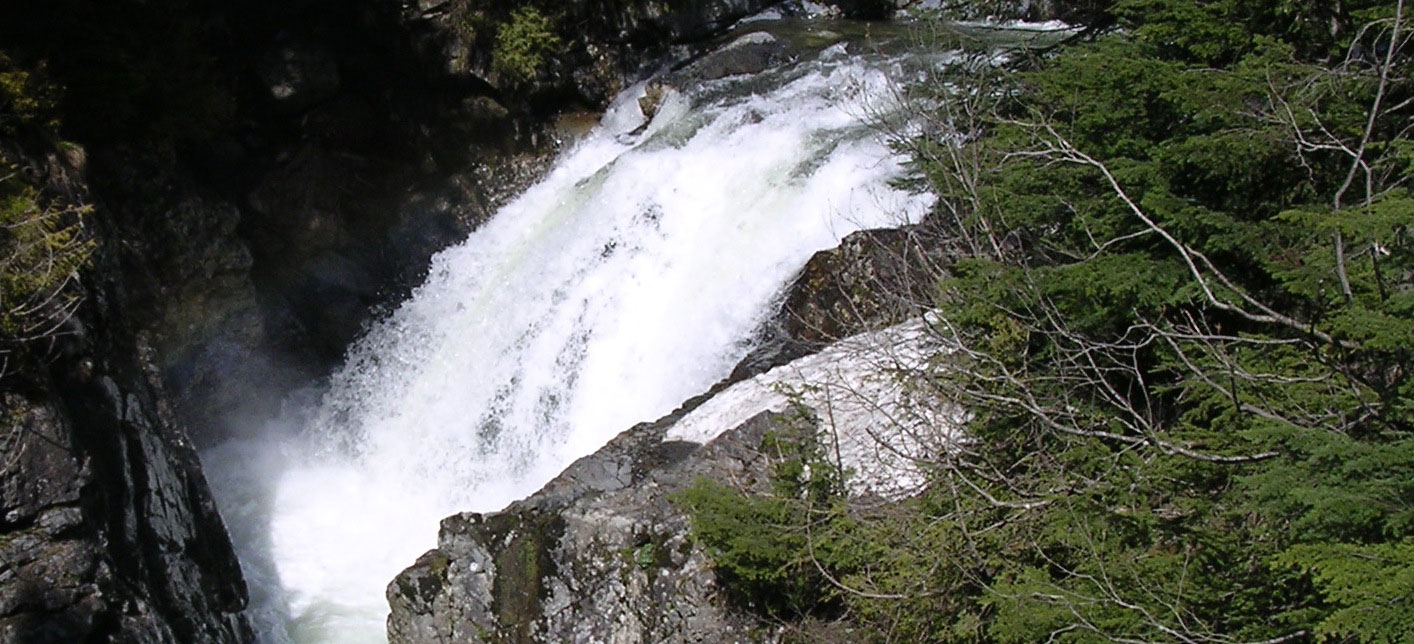In this Section:
Instructor TA Info Grading Policy Syllabus Readings Online TA Help Field Safety
In this Section:
Chapter 21 Chapter 1 Chapter 2 Chapter 3 Chapter 4 Assignment 1 Chapter 5 Chapter 6 Assignment 2 Chapter 7 Chapter 8 Chapter 9 Assignment 3 Chapter 10 Chapter 12 Chapter 11 Chapter 13 Chapter 14 Assignment 4 Chapter 15 Chapter 16 Chapter 16b Chapter 17 Field Equipment Showcase Chapter 18 Chapter 19 Chapter 20 Chapter 22 Chapter 23 Chapter 24 Course Review
Assignment 3
Velocity and Discharge Measurement
Saturday field trip:
- We will go to the Mokelumne River below Camanche Dam where the flow is usually steady and it is feasible for us to wade into and across the river. There we will learn a variety of techniques for wading in streams, measuring velocity, measuring/estimating discharge, and assessing stream conditions.
- Please meet in the west lobby of Veihmeyer Hall at 8:00 am sharp.
- We will return between 5-6 pm.
- Please get a good rest the night before, because you want to be physically fit and mentally prepared for going into the stream
- If you cannot swim or have little experience with swimming, then please alert the professor so steps can be taken to insure your safety- you will not have to miss out on anything, but we want to be safe.
- Be prepared to get wet, rain or shine. Even though we have provided you with chest waders, they can spring a leak if you tear or puncture them, so it is best if the clothes you wear underneath are warm even when wet
- Dress with many thin layers that are warm wet or dry, so you can put on or take off to get just right as your energy level and the air temperature vary throughout the day. Standing in the water gets cold over tie, so it is wise to be able to add more layers. Exercise and running clothes like tights and light jackets are not the same as outdoor clothes for river science. Take the time to learn about and purchase suitable outdoor clothes for being cold and/or wet.
- Bring all the food and drinks you need to get through a full day. You must bring at least 64 oz of fluid to drink to avoid getting dehydrated, even in the winter.
- Bring a hat to keep your head warm and to protect it from the sun. Put on sunscreen, even in the winter.
- We will do some hiking along the river before doing measurements, so it helps to have hiking boots as the ground can be muddy and the tall grass can soak through regular shoes and pant legs.
- Bring your rite-in-the-rain notebooks!!!
Homework: Due 02/06/15 (2 weeks)
In this Section:
Instructor TA Info Grading Policy Syllabus Readings Online TA Help Field Safety
In this Section:
Chapter 21 Chapter 1 Chapter 2 Chapter 3 Chapter 4 Assignment 1 Chapter 5 Chapter 6 Assignment 2 Chapter 7 Chapter 8 Chapter 9 Assignment 3 Chapter 10 Chapter 12 Chapter 11 Chapter 13 Chapter 14 Assignment 4 Chapter 15 Chapter 16 Chapter 16b Chapter 17 Field Equipment Showcase Chapter 18 Chapter 19 Chapter 20 Chapter 22 Chapter 23 Chapter 24 Course Review


